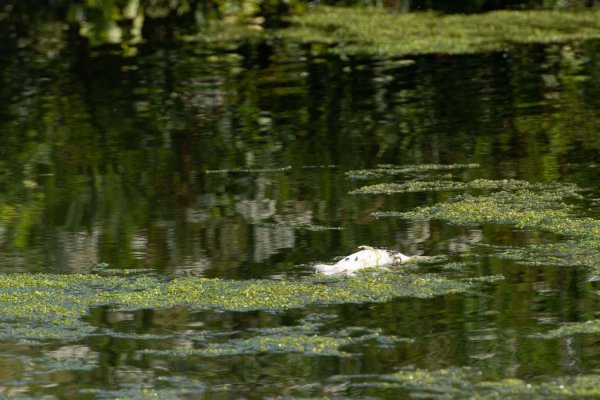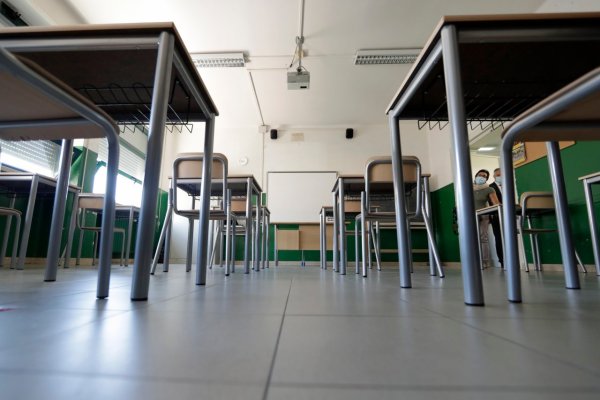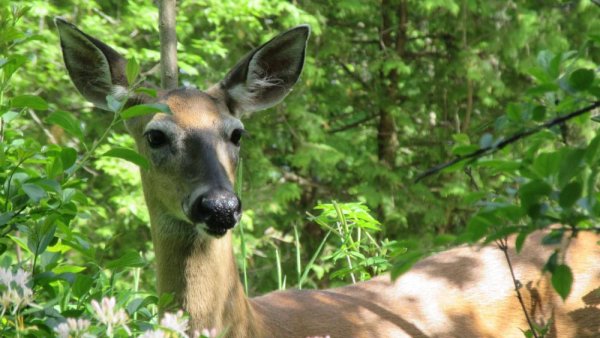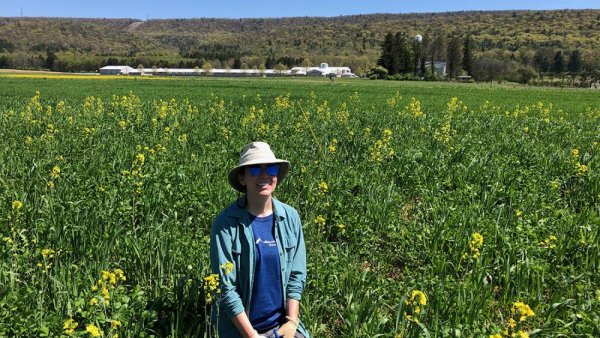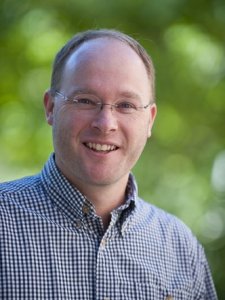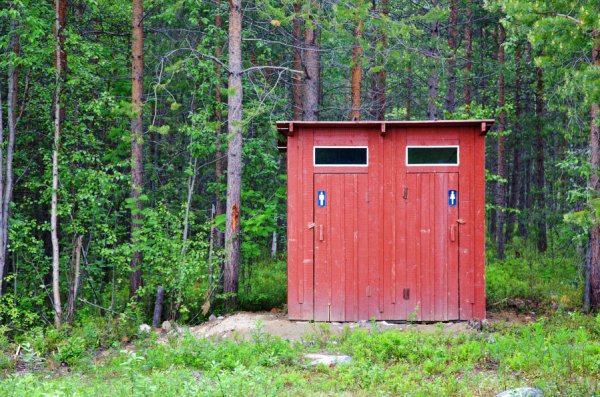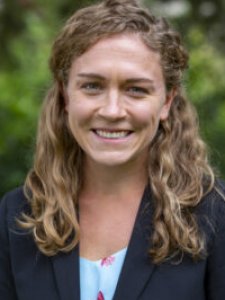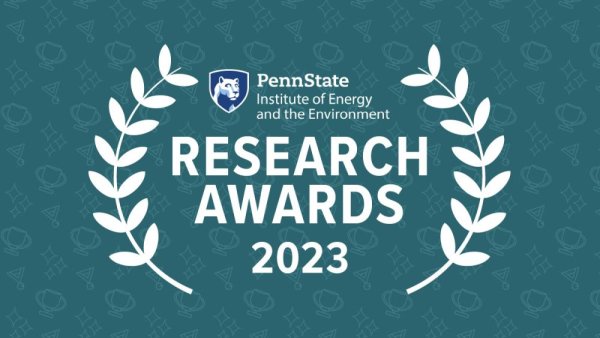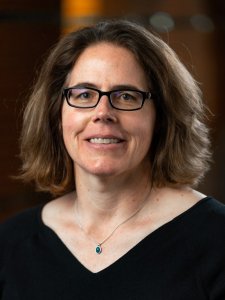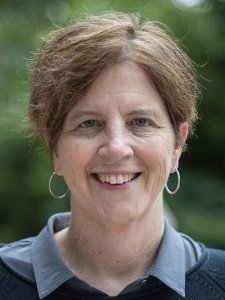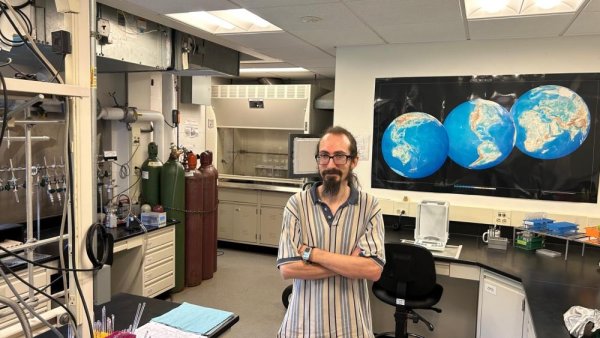IEE faculty, staff, and projects in the news
Oxygen levels are dropping in rivers across the US and central Europe
| newscientist.com
Rivers in the US and central Europe are losing their ability to hold oxygen because of rising temperatures, which could put fish at risk. This article quotes Li Li, Professor of Civil and Environmental Engineering.
As climate change warms rivers, they are running out of breath – and so could the plants and animals they harbor
| theconversation.com
When water warms, it holds less oxygen, and this can harm aquatic life and degrade water quality. A new study finds that climate change is driving oxygen loss in hundreds of US and European rivers.
Penn State-led team to study climate-threatened Colombian Paramos’ soil microbes
| psu.edu
Some scientists believe the Paramos, a grassland ecosystem found in the northern Andes Mountains of South America, are “the world’s fastest evolving and coolest biodiversity hotspot,” according to Estelle Couradeau, assistant professor of soils and environmental microbiology in Penn State’s College of Agricultural Sciences.
Mentions
Rivers rapidly warming, losing oxygen; aquatic life may be at risk, study finds
| psu.edu
Rivers are warming and losing oxygen faster than oceans, according to a Penn State-led study published today in the journal Nature Climate Change. The study reveals that of nearly 800 rivers, warming occurred in 87% and oxygen loss occurred in 70%.
Mentions
-
Li Li
-
Wei Zhi
 Wei ZhiFormer Assistant Research Professor, Civil and Environmental Engineering
Wei ZhiFormer Assistant Research Professor, Civil and Environmental Engineering -
Jiangtao Liu
PSU expert shares advice on how to navigate extreme heat closures with students
| wtaj.com
Since the school year began, many schools have been forced to temporarily close or cancel activities because of extreme temperatures, including some right here in our area. This article quotes Erica Smithwick, Director of the Earth and Environmental Systems Institute and distinguished professor of geography.
Mentions
Testing 58 wildlife species for SARS-CoV-2 among goals of $4.5M USDA grant
| psu.edu
While SARS-CoV-2 has been documented in some wild animal species in the U.S., such as white-tailed deer, most species have not been tested for evidence of exposure or infection with the virus. With a $4.5 million grant from the U.S.
Mentions
-
Kurt Vandegrift
-
Suresh Kuchipudi
 Suresh KuchipudiFormer Clinical Professor, Veterinary and Biomedical Sciences
Suresh KuchipudiFormer Clinical Professor, Veterinary and Biomedical Sciences -
Peter Hudson
USDA grant to fund research on ‘farm tuning’ cover crop mixtures
| psu.edu
With a new $650,000 grant from the U.S. Department of Agriculture, Carolyn Lowry, a plant scientist in Penn State’s College of Agricultural Sciences, will lead a research team designing cover crop mixtures that are more effective at providing an array of ecosystem services.
Mentions
States plea to keep parks pristine
| columbian.com
Earlier this summer, Adam Ducharme made an unpleasant discovery while helping volunteers install signs telling visitors where to camp, park or launch boats near Leadville, a mountain town surrounded by 14,000-foot peaks in central Colorado. This article mentions Penn State research.
Lecture to explore how demography influences environmental research and policies
| psu.edu
Penn State’s 18th annual De Jong Lecture in Social Demography, “Reflections on Necessary, Next Generation Population & Environment Research Agendas,” will be presented by Sara Curran on Oct. 4 from 9 a.m. to noon in the HUB Robeson Center room 233 B and virtually.
Mentions
-
Emily Pakhtigian
-
Sara Curran
 Sara Curran
Sara Curran -
Aubrey Dorélien
 Aubrey Dorélien
Aubrey Dorélien
IEE research award program opens call for nominations
| psu.edu
Nominations for the Institute of Energy and the Environment's new research award program are being accepted now through Oct. 6.
Mentions
Science communication panel discussion on Oct. 4 to aid researchers
| psu.edu
The Institute of Energy and the Environment will hold a science communication panel discussion titled “Science Communication: How to Connect, Get Noticed, and Get Funded” at 1:30 p.m. on Wednesday, Oct. 4, in 134 HUB-Robeson Center.
Mentions
Penn State’s Radiocarbon Lab helps move Ukrainian archaeological project forward
| psu.edu
For more than a decade, Thomas Harper, adjunct lecturer in Penn State’s Department of Anthropology, has collaborated with colleagues in Ukraine to examine the movements of prehistoric agricultural communities across Eastern Europe. Recently, the group shed new light on that timeframe with radiocarbon measurements made by the accelerator mass spectrometer in the Radiocarbon Laboratory of Penn State’s Institute of Energy and the Environment.
Mentions
-
Laurie Eccles
-
Douglas J. Kennett
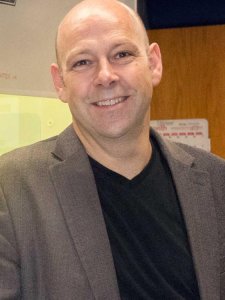 Douglas J. KennettFormer Professor and Department Head, Department of Anthropology
Douglas J. KennettFormer Professor and Department Head, Department of Anthropology

